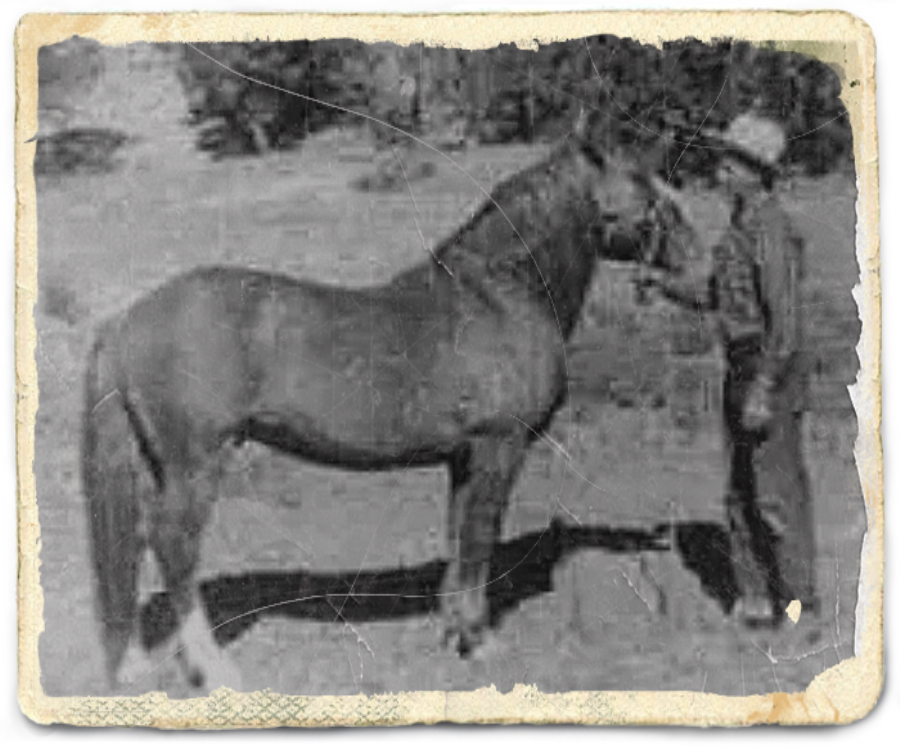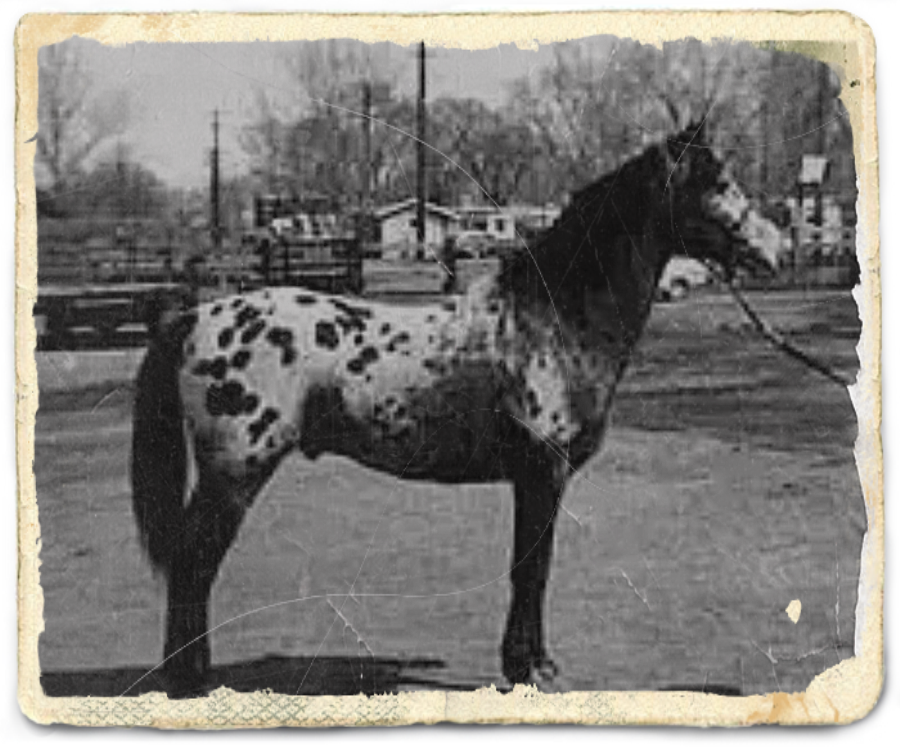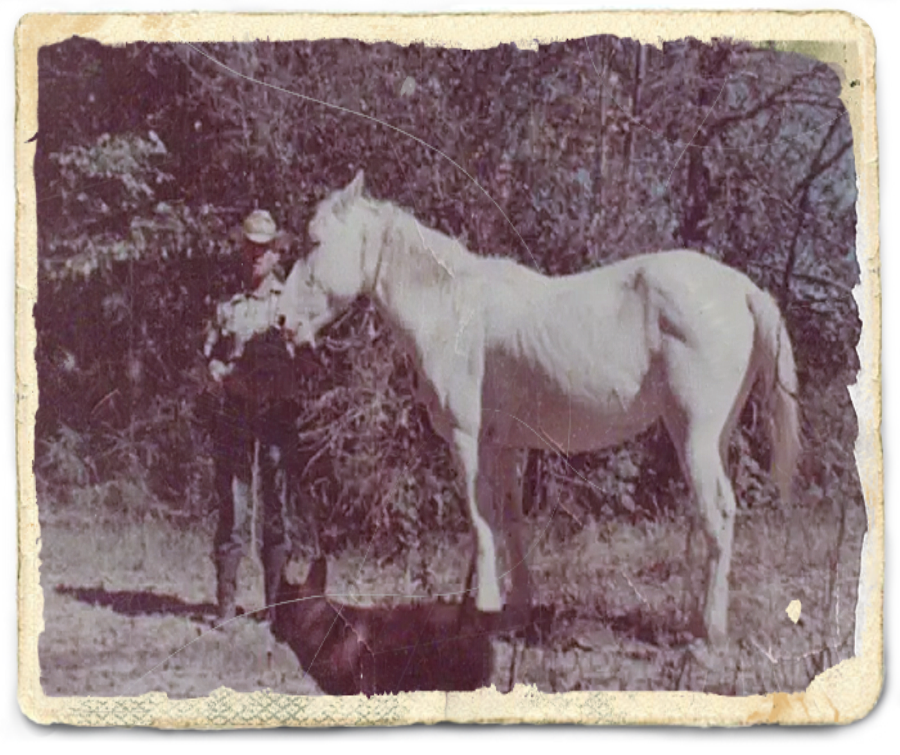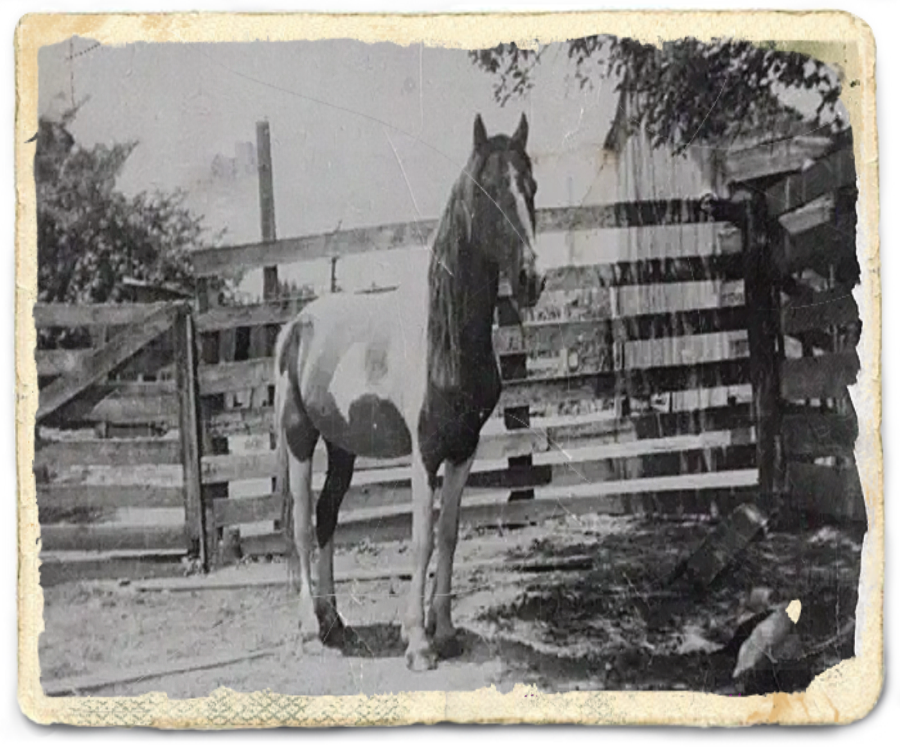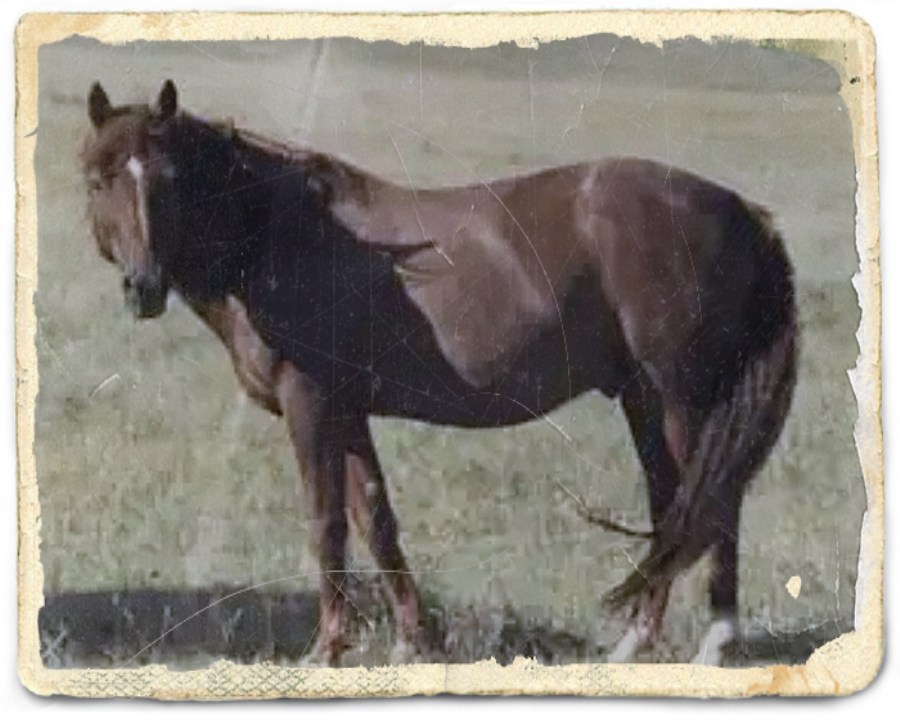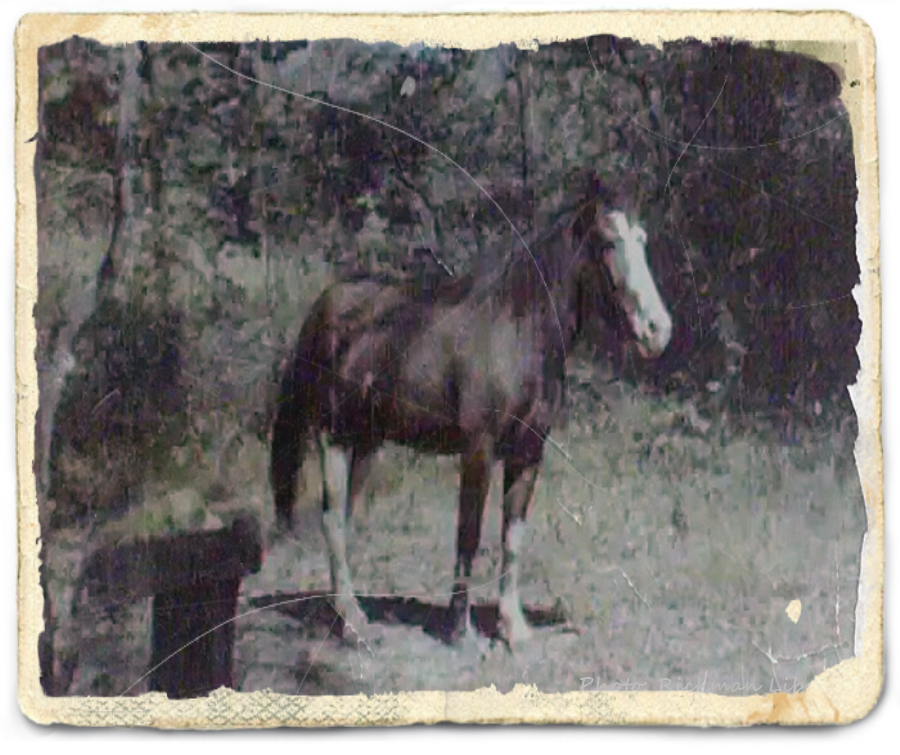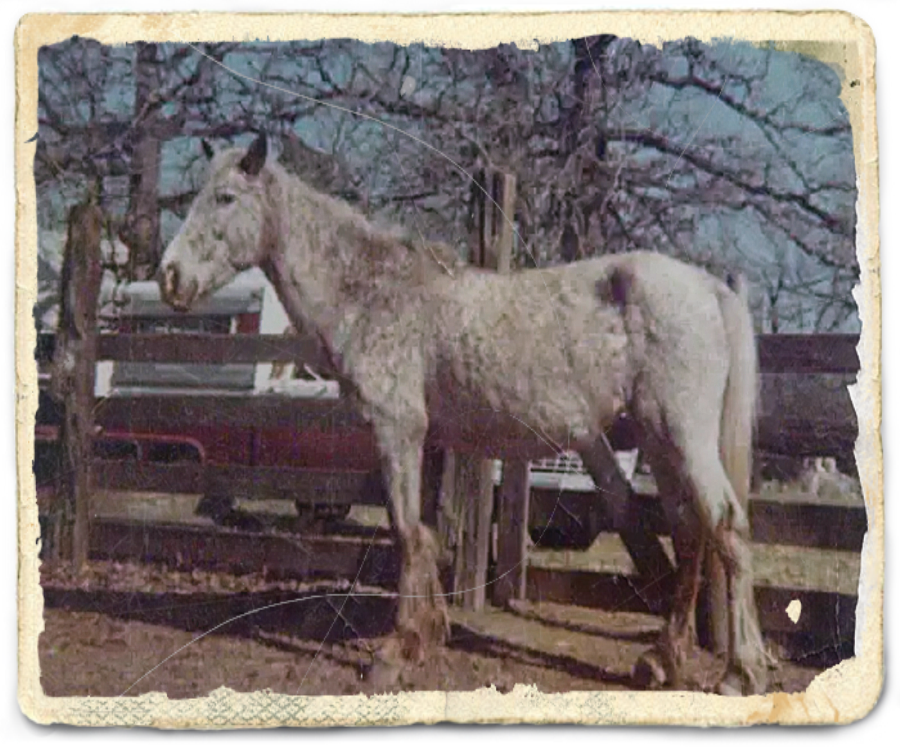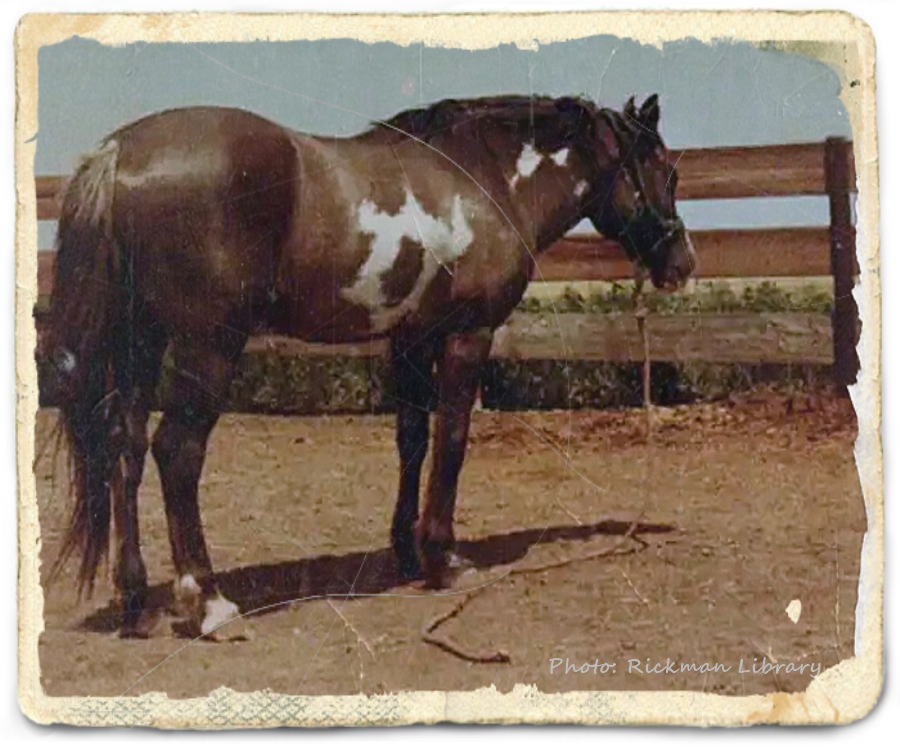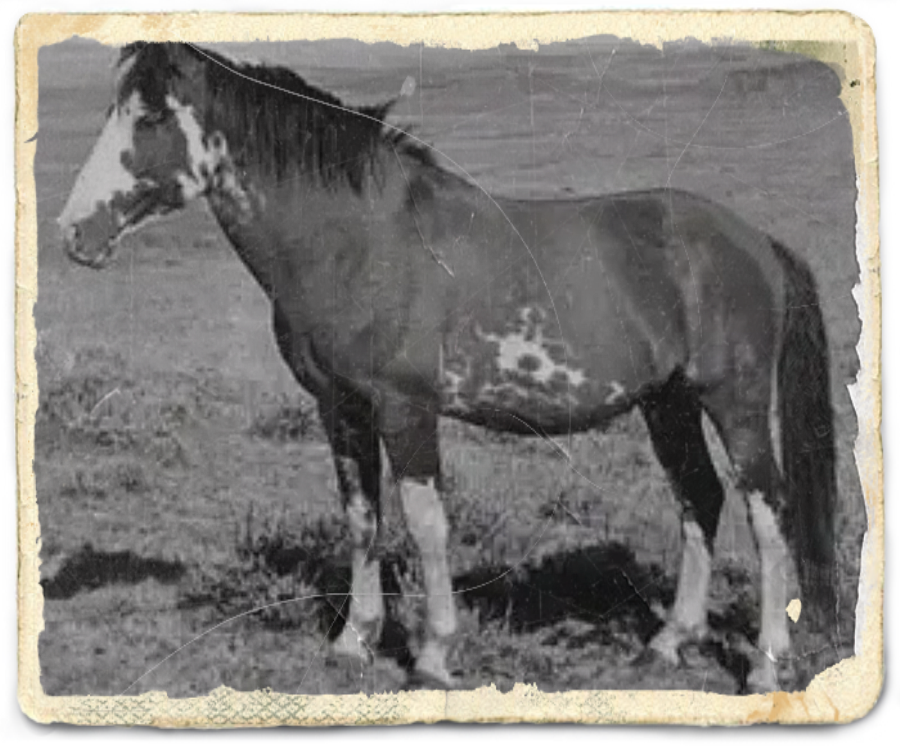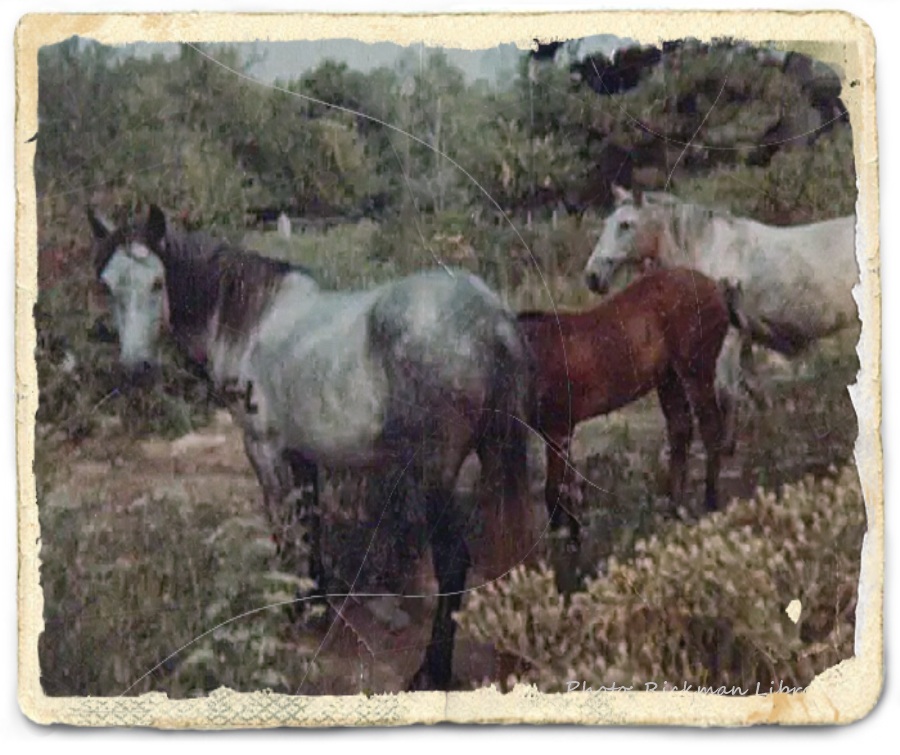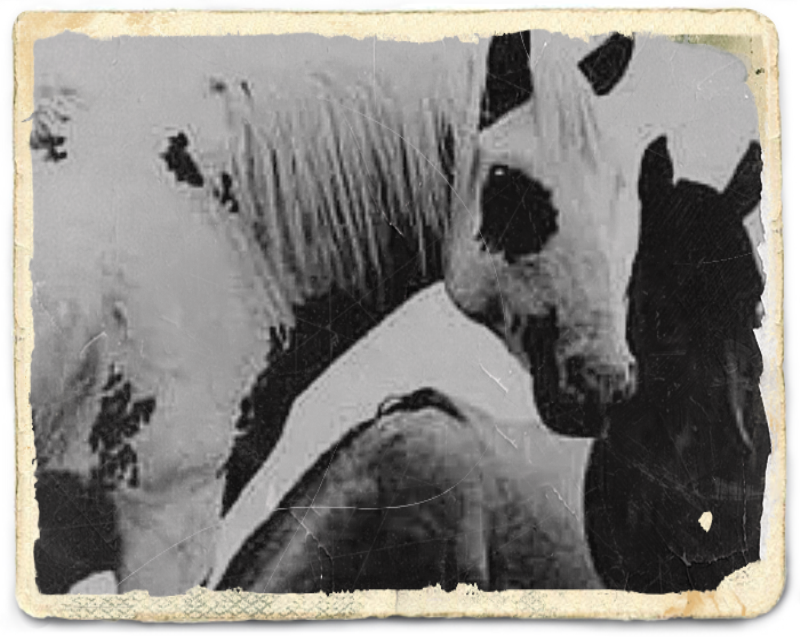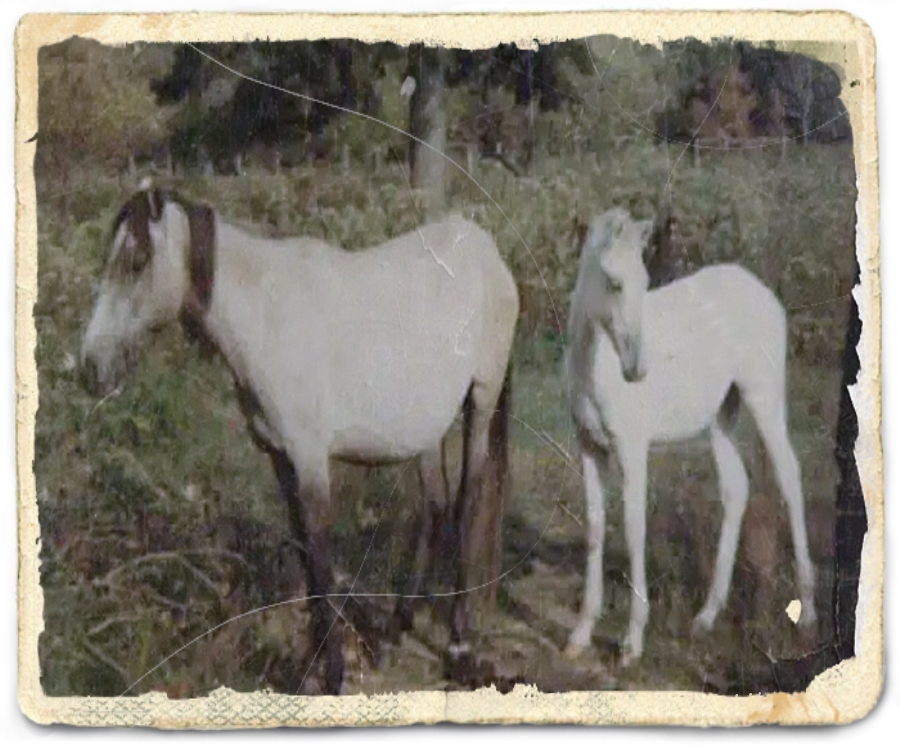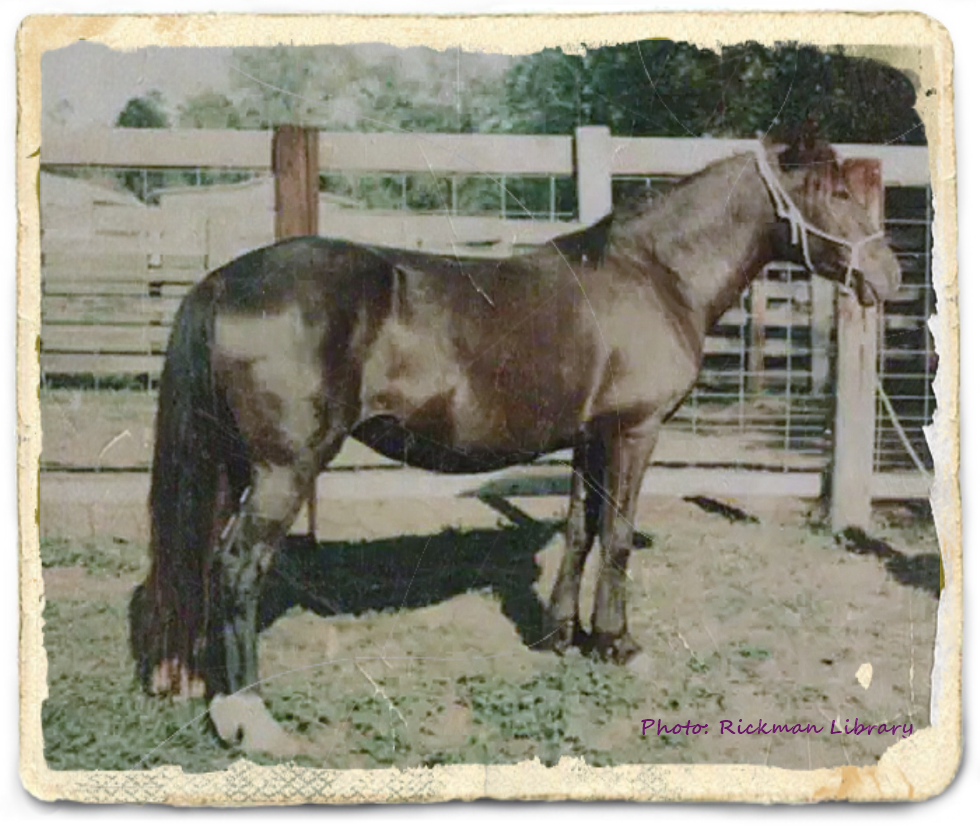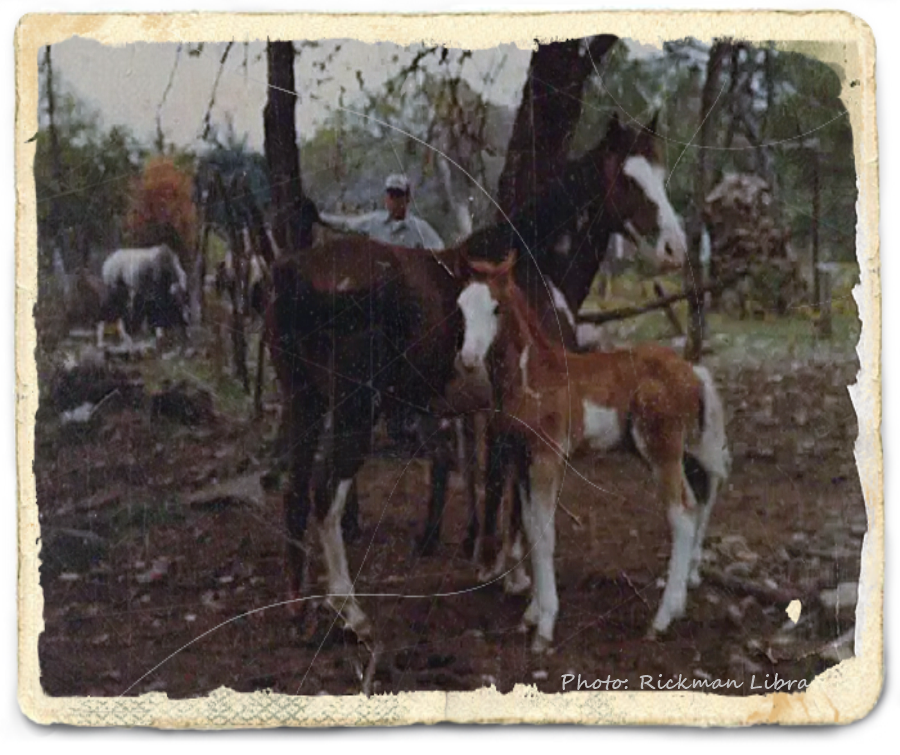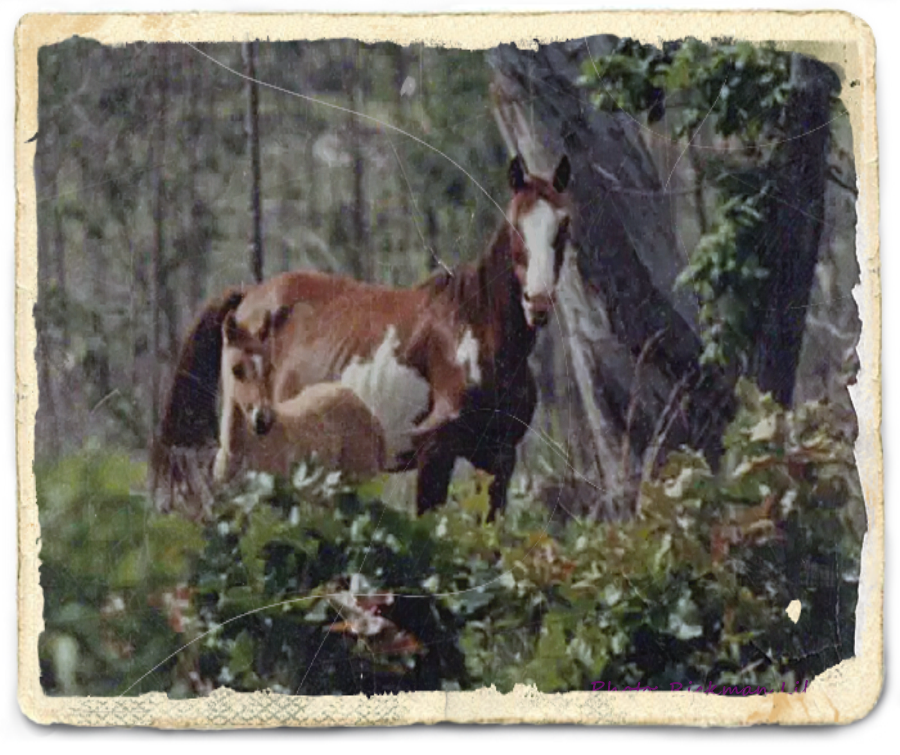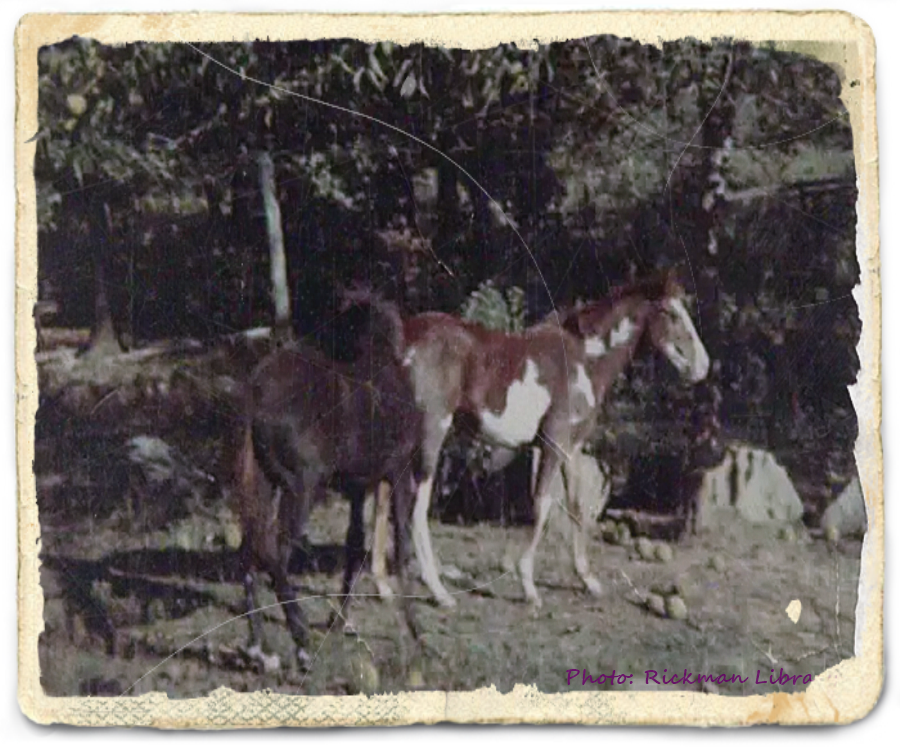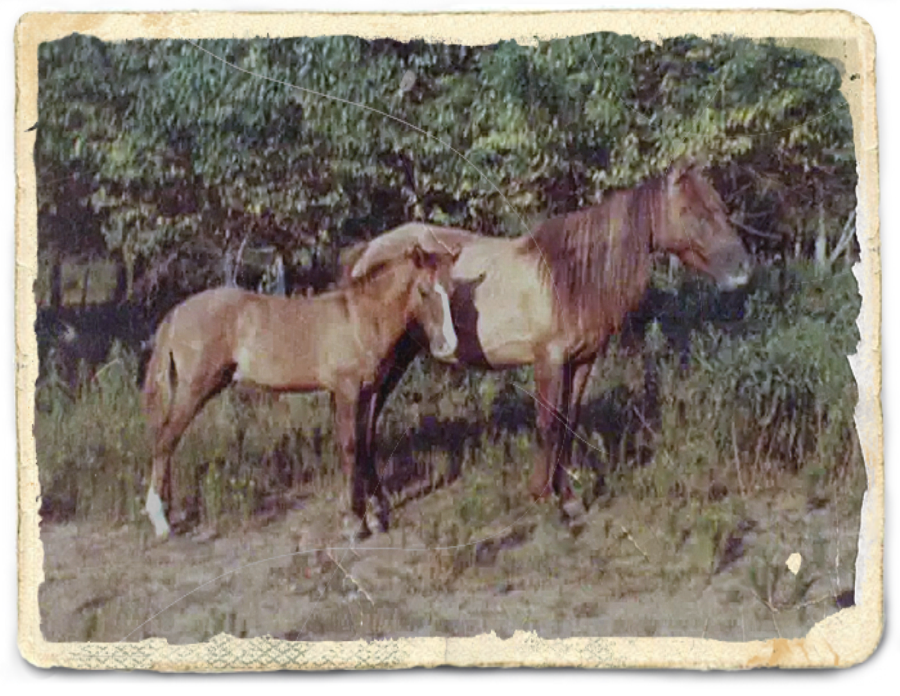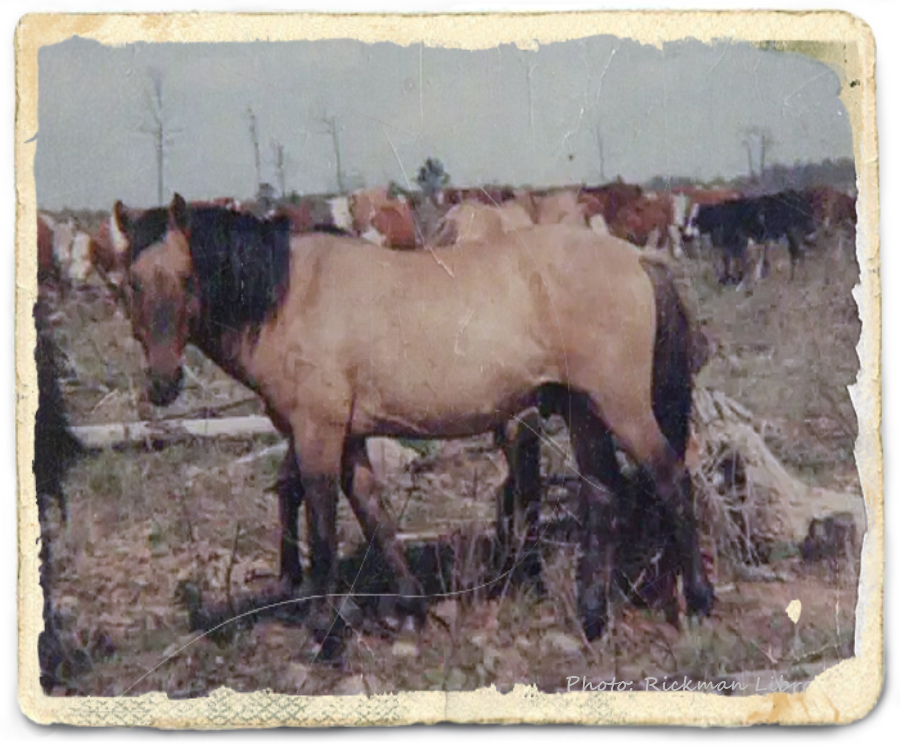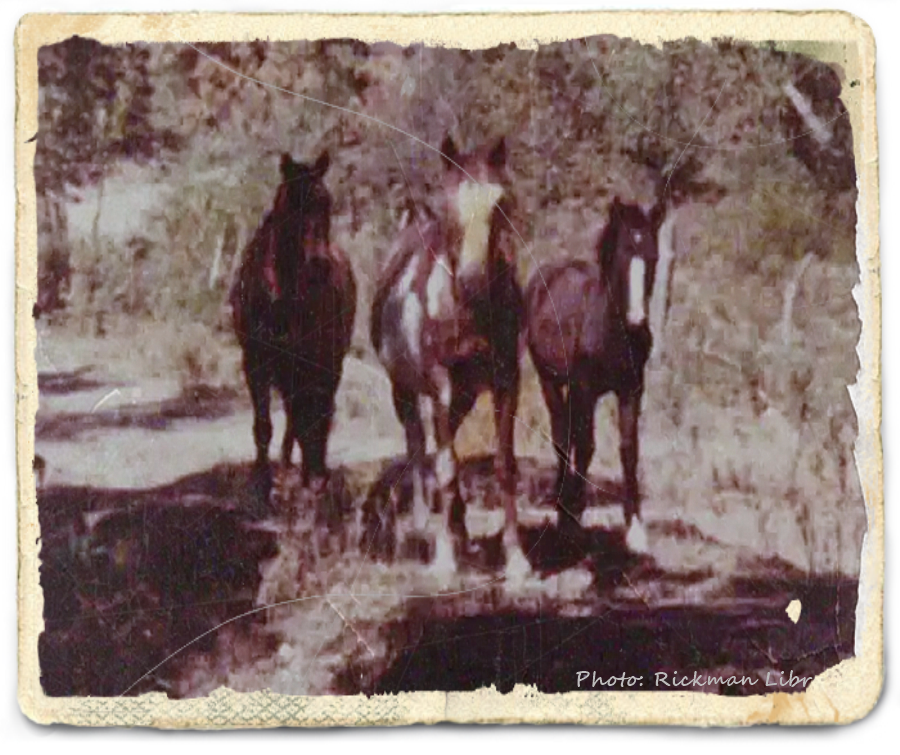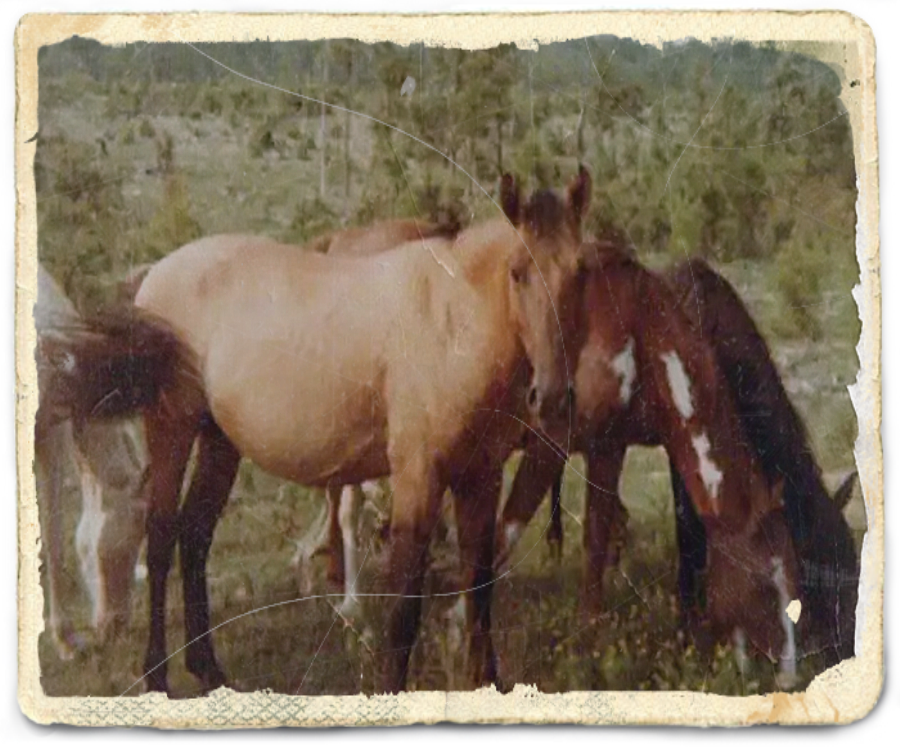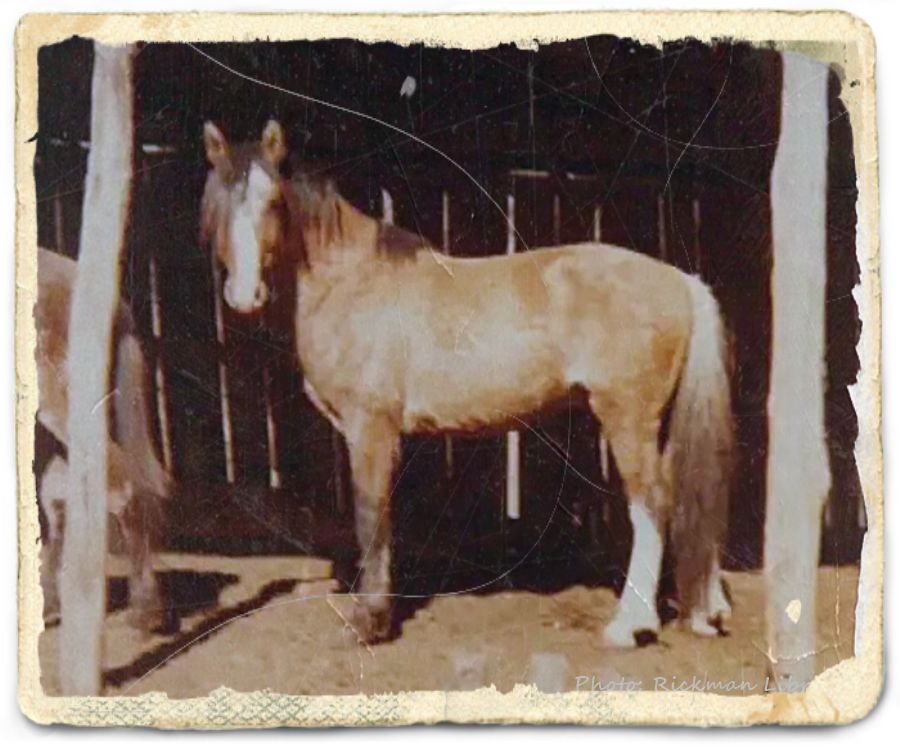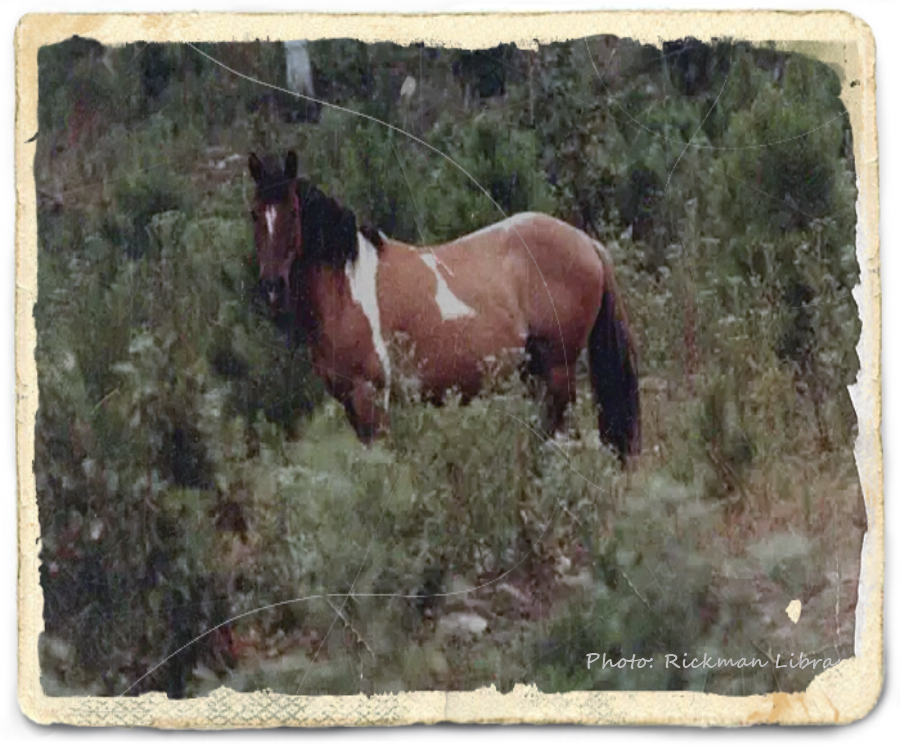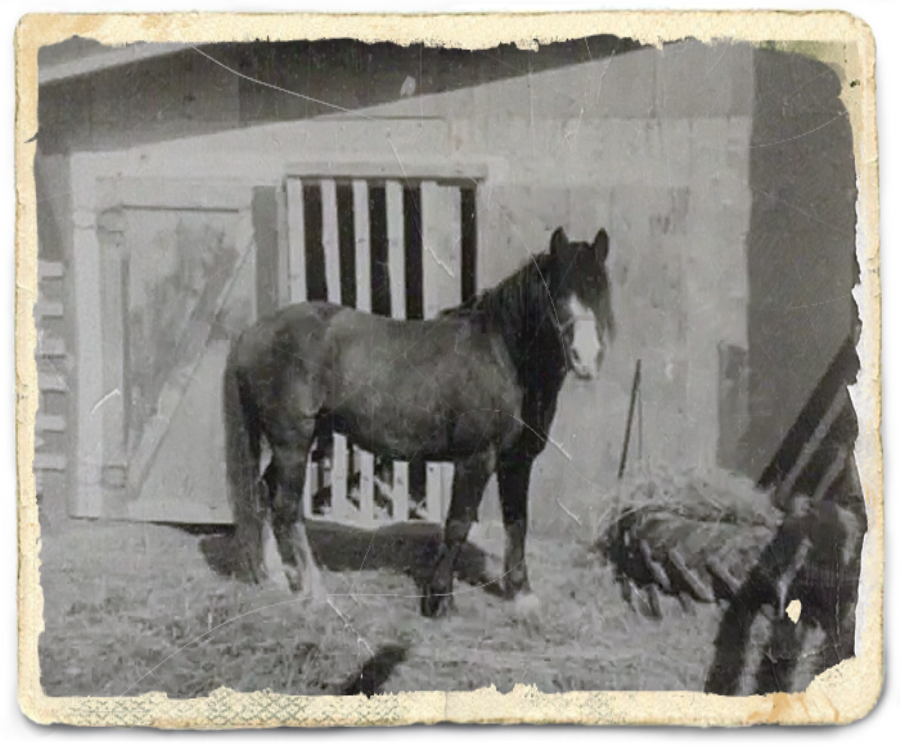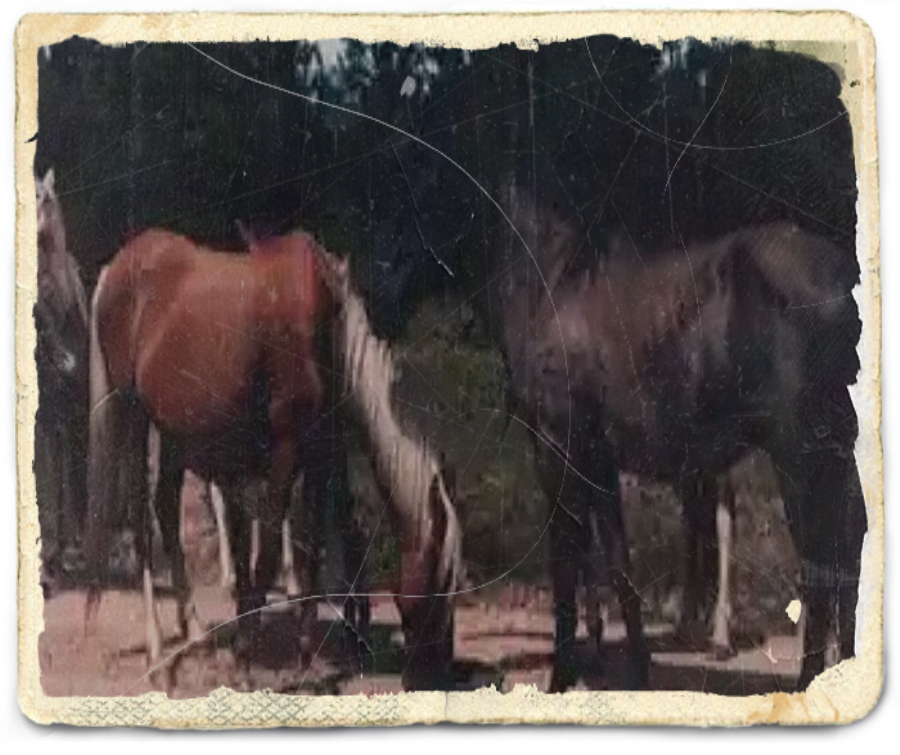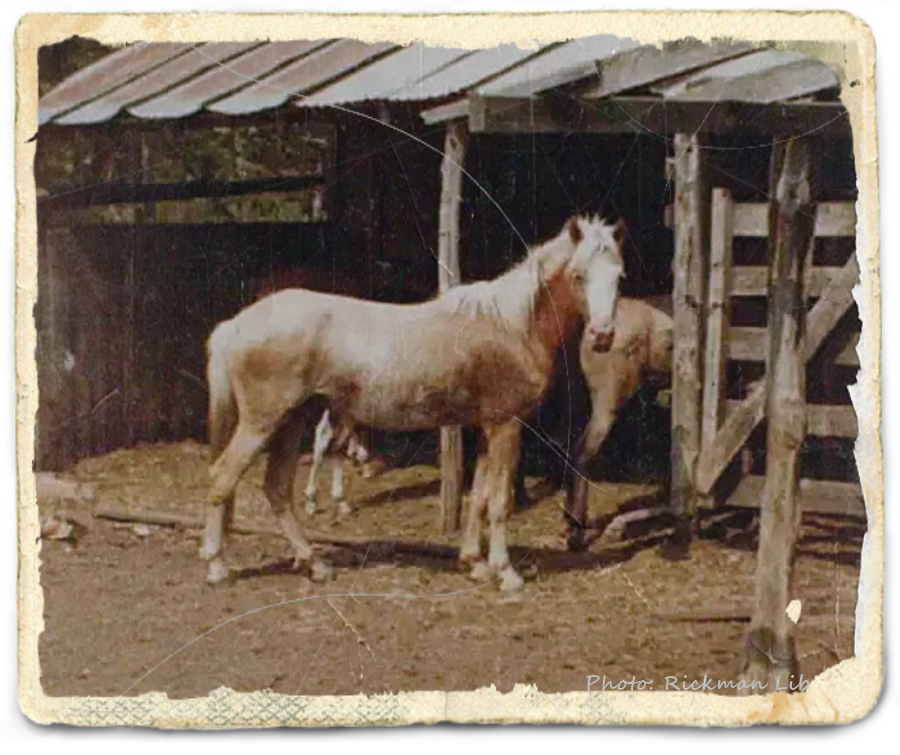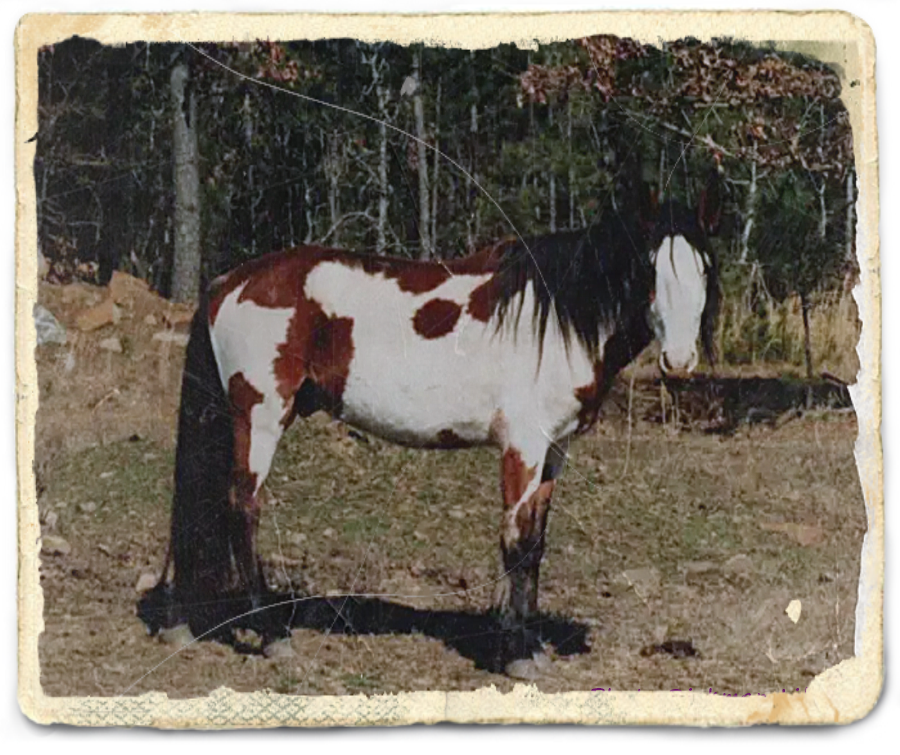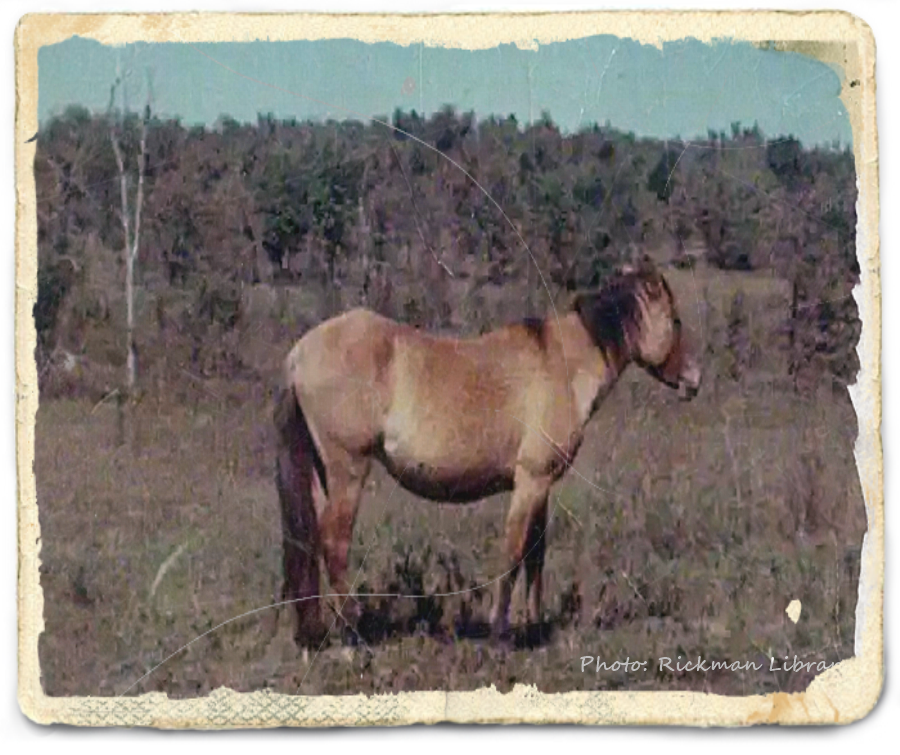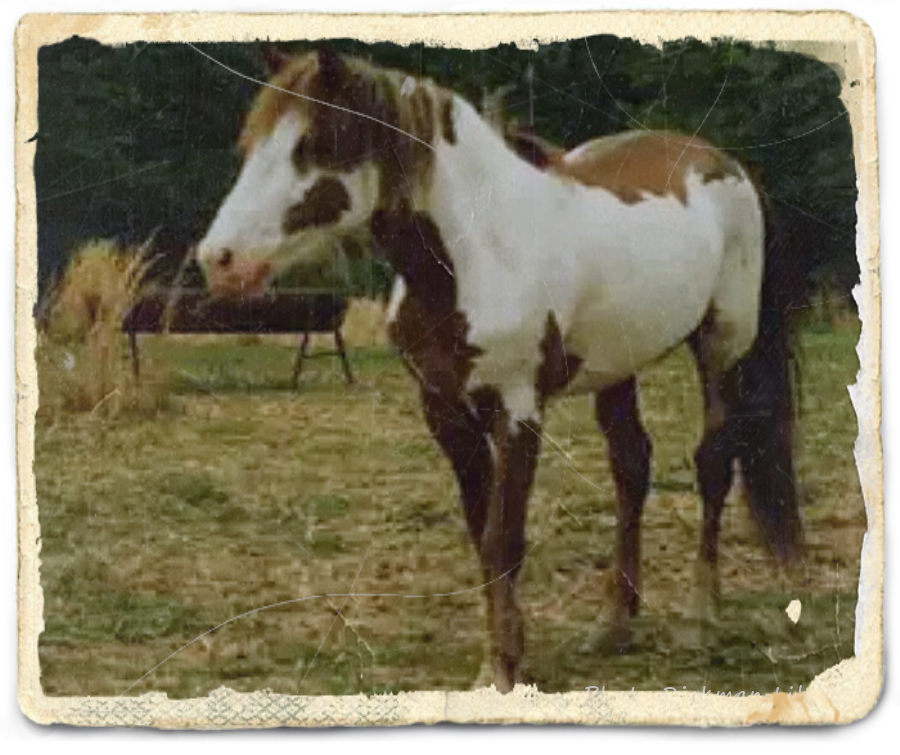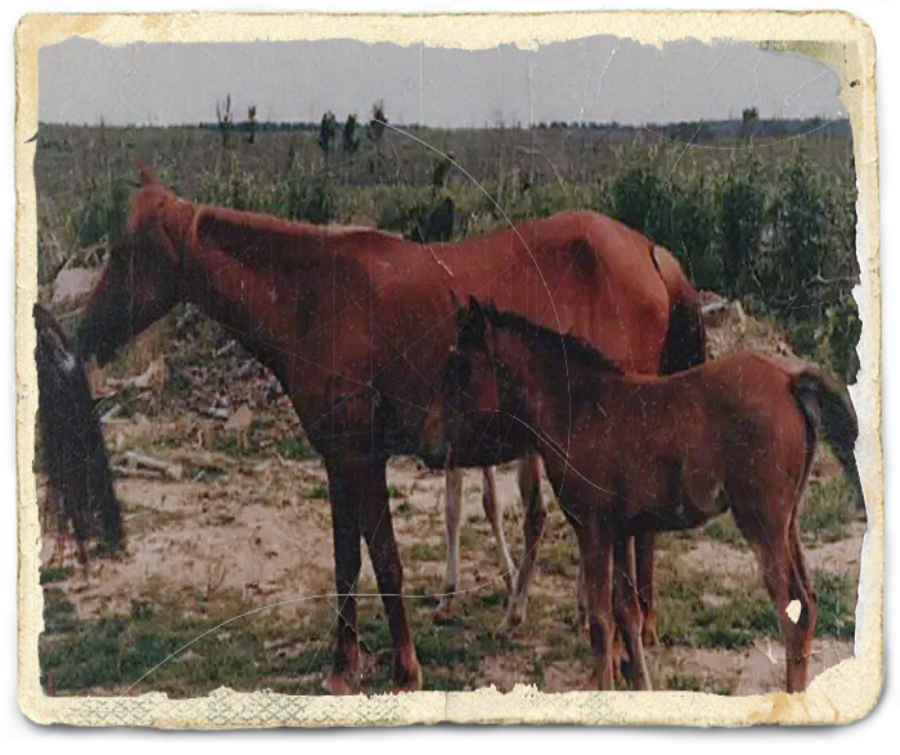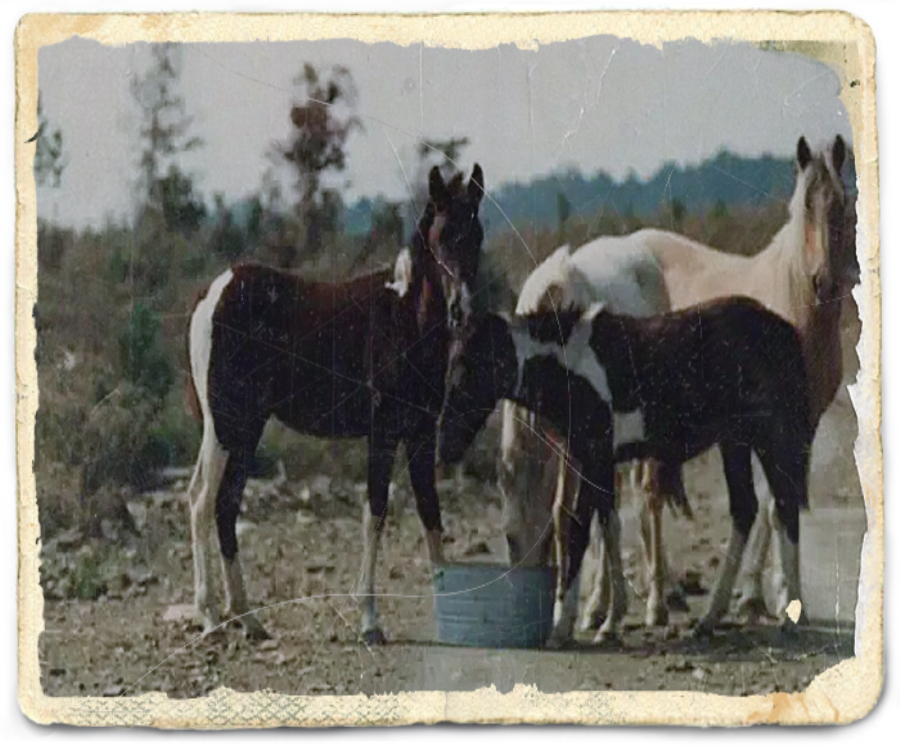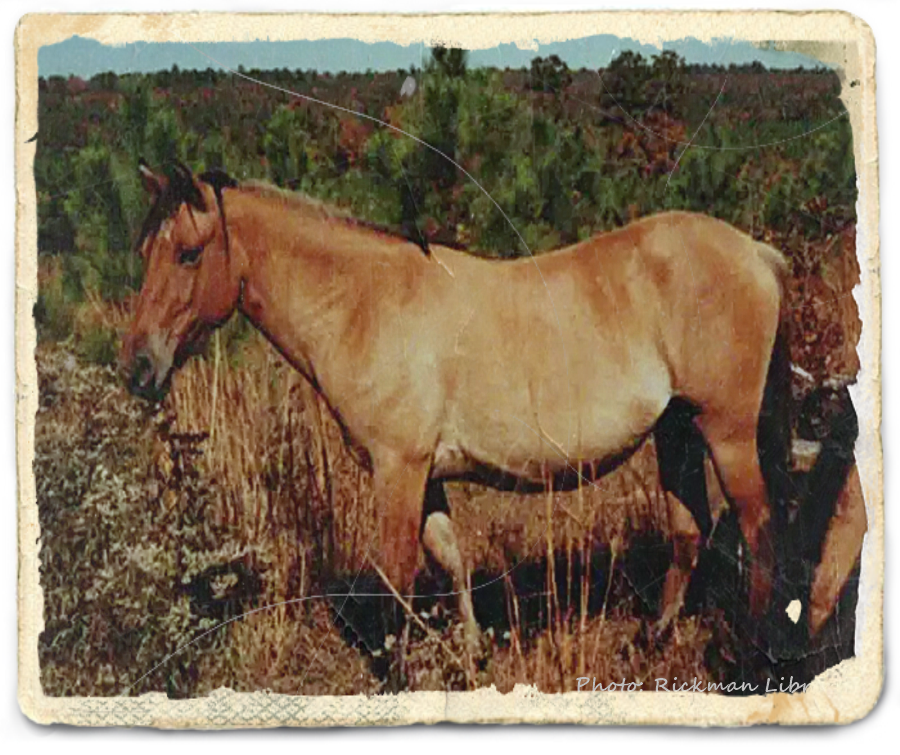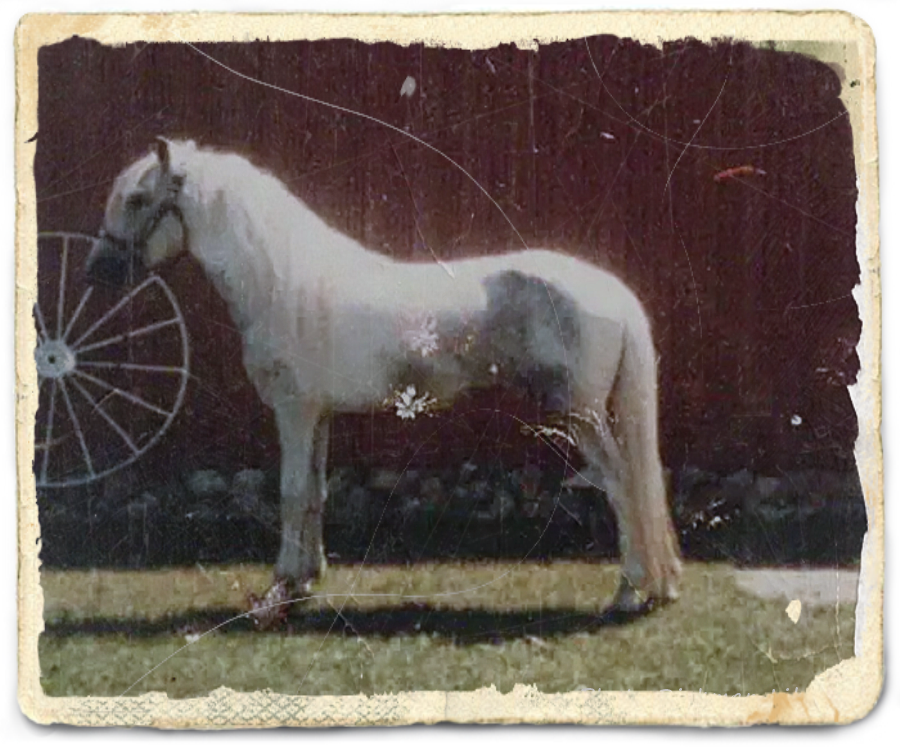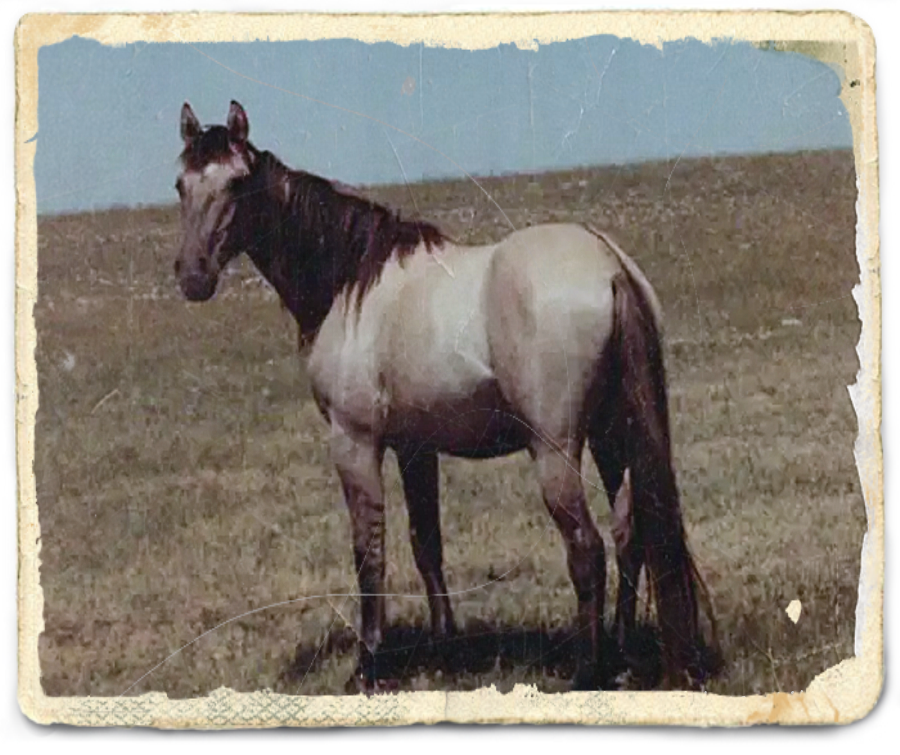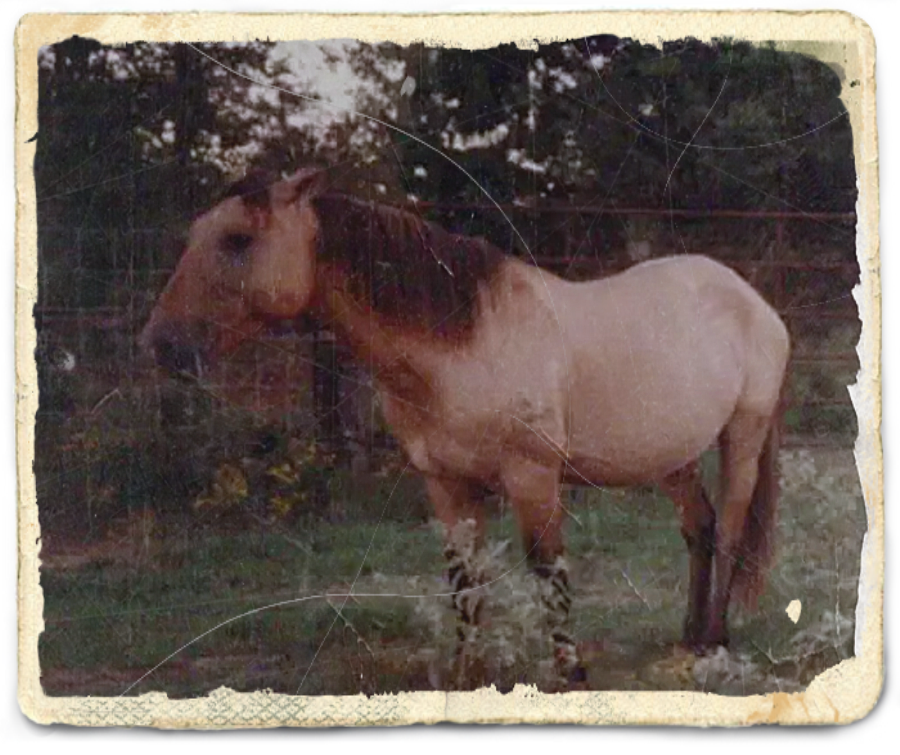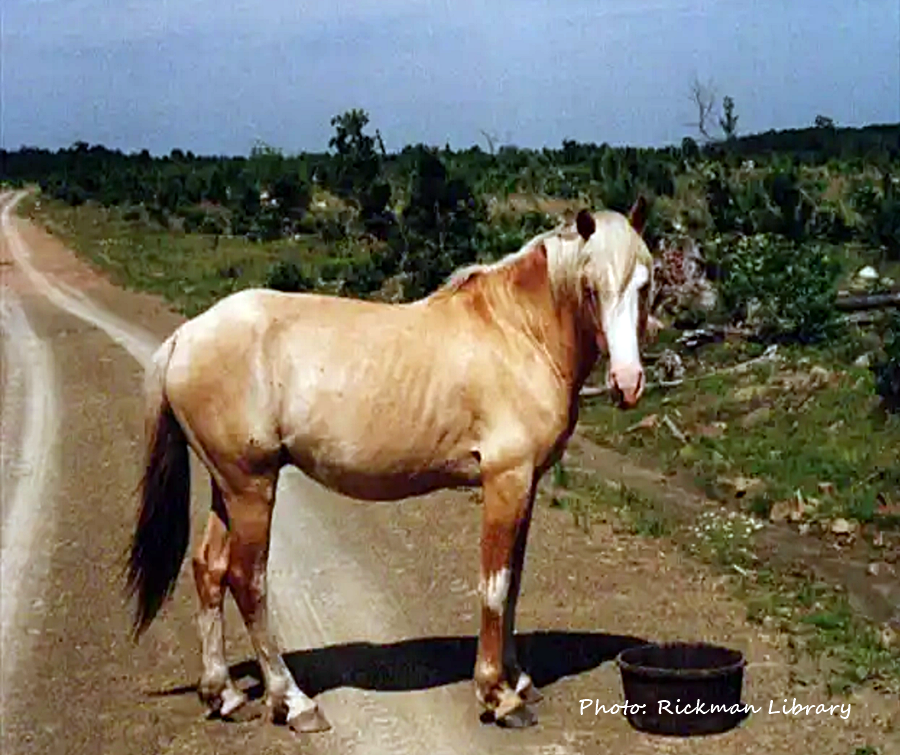
Built To Last
The foundation stock Spanish Mustangs were the horses that helped to start the Southwest Spanish Mustang Association. A combination of efforts by special people and Spanish Mustangs who have given us the opportunity to carry on the Spanish Mustangs – Colonial Spanish Horses lines from generation to generation.
Thank you to those early Spanish Mustang Pioneers!!!
Photos are property of the Rickman Family Library
The Beginning

No other horse in history has had such an impact on the development of America as the Colonial Spanish horse. Often referred to as the Spanish Mustang, Barb, Cayuse or American Indian Pony, they are not to be confused with the wild mustangs the Bureau of Land Management oversees. Like the buffalo, these horses have served many of the nations tribes for centuries and are now close to extinction.
Brought to the New World by Spanish explorers in the 1500’s, the small and hardy horses endured centuries of harsh conditions. By the late 1800’s the majority of the horses were killed after U.S. government attacks on feral and sacred Native American herds. Large, European breeds were introduced into the herds, diluting the Spanish blood. During the mid 1900’s the first preservation efforts took place to save what horses were left. Gathered from ranches, reservations, and remote areas of the west, these few pioneering men and woman began breeding their own herds. Approximately 3,000 Colonial Spanish horses exist today. The American Livestock Conservancy and The Equus Survival Trust have listed this breed status as critically rare.
Typically standing 13.2 to 14.3 hands and weighing between 600-900 pounds, they are best known for their endurance, intelligence and versatility. They are proving themselves in the modern horse world in endurance, dressage, jumping, driving and ranching activities. Although considered small horses by today’s standards, they can carry up to 30% of their body weight and are suited for children and adults. The Colonial Spanish horse is said to be the most colorful breed. They display all solid and roan coloration such as dun, buckskin, grulla, sorrel, grey and black. Patterns such as overo, tobiano, sabino and appaloosa are common.
“Colonial Spanish Horses are of great historic importance and are one of only a very few genetically unique horse breeds worldwide.”
Dr. Phillip Sponenberg, DVM, PhD
Dr. Sponenberg and Gilbert Jones met in 1973 when Jones was in his 80s. “Gilbert Jones lived in New Mexico and Oklahoma and saved many Spanish bloodlines.” Jones began saving these horses in 1918.

Dr. Sponenberg is a Professor of Pathology/Genetics – Department of Biomedical Sciences & Pathobiology at the VA-MD College of Veterinary Medicine, Virginia Tech.
His research includes Genetics of domesticated animals, Coat color genetics, Conservation of rare breeds of livestock, Diagnostic pathology, and Reproductive pathology.
His efforts in researching and documenting the Spanish Mustang – Colonial Spanish Horse is appreciated by the community.
He is not only a great source of information regarding these horses but a friend to Bryant and Darlene; and the Rickman Spanish Mustangs.
You can find more information on the Southwest Spanish Mustang Association (SSMA) by clicking below.
